
Katherine S. Dreier: 20th-Century Art’s fiercest champion
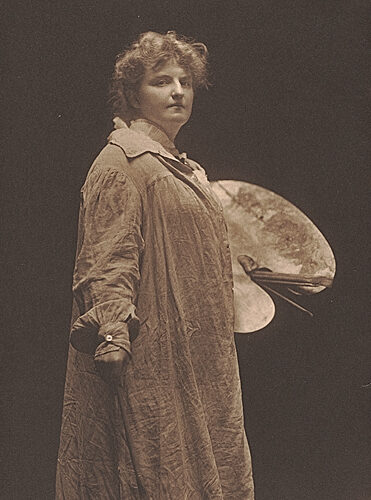

Art has been a part of human life for as long as we can remember. People, since the very beginning, have painted, sculpted, and created, using their imagination to share stories and feelings with others. Art has this magical ability to capture moments, and make us feel something deep inside. Whether it’s an ancient cave painting that tells the tales of our ancestors, the stunning artworks of the Renaissance, or the mind-bending creations of modern artists, art is a window into our past, present, and future.
But there are some special individuals who not only love art but also want to share that love with the world. They believe that art isn’t just for themselves but for everyone to enjoy and celebrate. One such remarkable person was Katherine S. Dreier.
Art is not what you see, but what you make others see – Edgar Degas
Katherine wasn’t an artist herself, but she had a burning passion for art. She believed that art had the power to change the way we think and feel. Though she never achieved the name recognition of her contemporaries, Katherine Sophie Dreier had a profound impact on the modern art world of the early 20th century. Initially, she entered this world as a painter, however, her journey took an intriguing turn as she transitioned into other roles that would make her a notable figure.
Let’s explore
Katherine S. Dreier early years and education
Katherine Sophie Dreier was born in 1877 in Brooklyn, New York, into a family that had enough money to live comfortably. Her dad, Theodor William Dreier, was a successful businessman, ensuring a stable home. Her mom, Dorothea Dreier, liked art as a hobby, and this encouraged Katherine’s interest in it.
Katherine Dreier started taking art lessons when she was just 12 years old, and she formally studied art at the Brooklyn Art School from 1895 to 1897. In the following years, she inherited a large sum of money from her parents, allowing her to travel to Europe and explore famous art collections. She even studied art in Europe, learning from experienced artists. When she returned to New York, she continued her art education under various teachers, like Walter Shirlaw and Gustaf Britsch. In 1911, she had her first solo art exhibition in London.
Despite facing personal challenges, like a short-lived marriage, Katherine remained dedicated to her art. She was part of the groundbreaking Armory Show in 1913, where modern artists displayed their work. Although her art received mixed reviews, it inspired her to support and promote modern artists who were often misunderstood by American audiences.
Katherine and her sister Dorothea founded the Cooperative Mural Workshop to make art more accessible to the public. They aimed to bring artists together to create decorative art. In 1916, she joined the Society of Independent Artists, where she met Marcel Duchamp, with whom she formed a lasting friendship and collaboration.
The international exhibition of the modern art
In 1926, the Société Anonyme, led by Katherine Dreier, organized a significant event called the International Exhibition of Modern Art at the Brooklyn Museum. This exhibition was quite substantial, featuring works by artists like Jacques Villon, Francis Picabia, Fernand Leger, Piet Mondrian, Paul Klee, Joan Miró, Max Ernst, Kurt Schwitters, and Georgia O’Keeffe, among others. It was an extensive show, with over 300 artworks from more than 100 artists representing 23 countries. This made it the largest modern art exhibition since the well-known 1913 Armory Show.
What made this exhibition unique was how Katherine Dreier chose to present the art. Instead of the traditional vertical arrangement, she displayed the artworks in a single row at eye level, which was quite innovative for that time. Notably, works by both “major” and “minor” artists were showcased together, disregarding national boundaries.
Moreover, four rooms in the exhibition recreated domestic interiors—a reception area, a library, a dining room, and a bedroom—demonstrating how abstract art could be incorporated into everyday life. Dreier emphasized that having art at home was essential for understanding its language, making art more accessible.
The International Exhibition of Modern Art, held from November 1926 to January 1927, attracted over 53,000 visitors to the Brooklyn Museum during its six-week run. While the exhibition played a significant role in introducing a new generation to modern art, its impact has often been overshadowed by the founding of the Museum of Modern Art in 1929.
Katherine S. Dreier work as an artist
Katherine S. Dreier, while not as widely recognized as a painter, created several notable works during her career. One of her well-known works is “Portrait of Marcel Duchamp” (1911), a striking portrait of the renowned artist Marcel Duchamp. In this painting, she skillfully captures Duchamp’s likeness while infusing the portrait with elements of Cubism, demonstrating her experimentation with avant-garde styles.
Another notable work is “The Blue Fan” (c. 1915-1917), which reflects Dreier’s engagement with abstract and modernist art movements. The painting features a composition dominated by a blue fan-like shape against a muted background. This work exemplifies her exploration of non-representational forms and her departure from traditional artistic conventions.
While these paintings represent only a portion of Katherine Dreier’s artistic output, they showed her willingness to experiment with different styles and her engagement with the innovative art movements of her time. Her contributions as a painter, though not widely celebrated, provide valuable insights into her creative journey and her eventual role as a collector and advocate for modern art.
Katherine Dreier’s Enduring Legacy
Although Katherine Dreier did not gain the same level of recognition as her artist contemporaries, she stands as one of the most influential collectors and educators of 20th-century American art. Even after her passing, her impact endures, and she is celebrated as a fervent advocate for modern art. Art critic Aline Saarinen aptly expressed this sentiment by stating, “She believed in reincarnation, but it would seem that her soul has not yet found its new lodging. Modern Art has known no other so fervent a propagandist.” Katherine Dreier’s contributions are remarkable; she organized the first solo exhibitions for over 70 artists and played a pivotal role in advancing the understanding of many others.
George Heard Hamilton acknowledged her significance by noting that Dreier was part of a distinguished group of American artists and collectors who laid the foundation for a profound and meaningful comprehension of the modern art movement in painting and sculpture. Their efforts paved the way for the enthusiastic appreciation of modern art that now distinguishes American culture. Without the dedication of figures like Katherine Dreier, this appreciation might have arisen later and with diminished impact.
What we can learn from Katherine Dreier
Katherine Dreier’s life teaches us some important lessons.
1. Follow Your Passion: She showed us that when you’re passionate about something, like art, you should follow that passion. Even if you don’t become famous, your love for what you do can make a big difference.
2. Support Others: Katherine supported other artists. She believed in them and helped them get their art out into the world. This teaches us the value of supporting and encouraging others in their creative pursuits.
3. Make Art Accessible: She made art accessible to everyone. Katherine showed that art shouldn’t be only for a select few; it should be for everyone to enjoy and understand.
4. Break Boundaries: She didn’t let boundaries hold her back. She ignored borders and rules in art. This tells us that sometimes, it’s okay to break the rules and think outside the box.
5. Leave a Legacy: Even after she was gone, Katherine Dreier’s impact continued. She showed us that the things we do in our lifetime can leave a lasting legacy for future generations.
In simple words, her life teaches us to follow our passions, help others, make art for all, be creative without limits, and leave a mark that lasts. These lessons remind us of the power of passion and the positive influence we can have on the world around us.
Want to learn more about such women who paved the art history?
Every Tuesday in our art history series, we spotlight remarkable women who defied male dominance and left an indelible mark on art history. To discover more about these pioneering women, explore our art history section.
Want to challenge your art skills and have fun while doing so?
At Arts to Heart, our aim is to provide you with an extraordinary and educational experience. We firmly believe that learning should never be dull, which is why we have meticulously developed the ATH games to ensure that gaining knowledge is an engaging and enjoyable.

So, immerse yourself, learn, and connect with the world of art like never before.








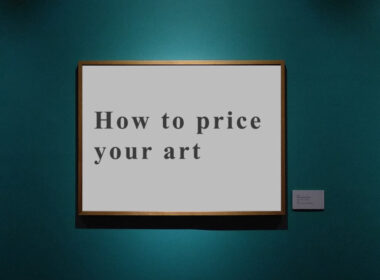


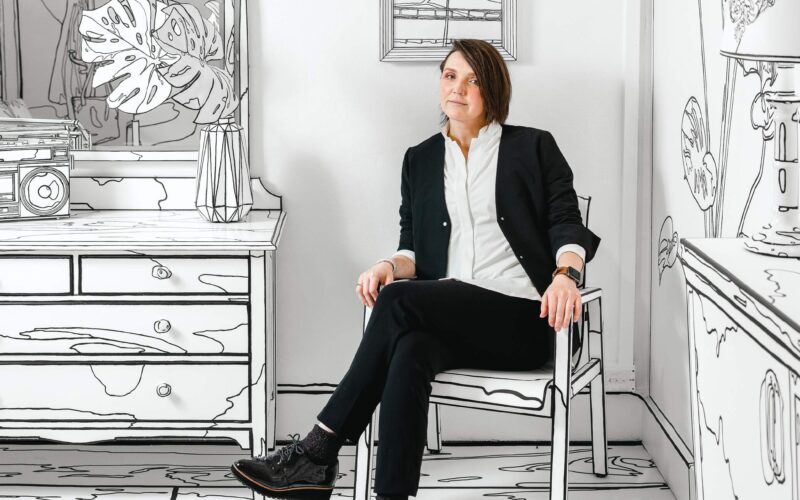


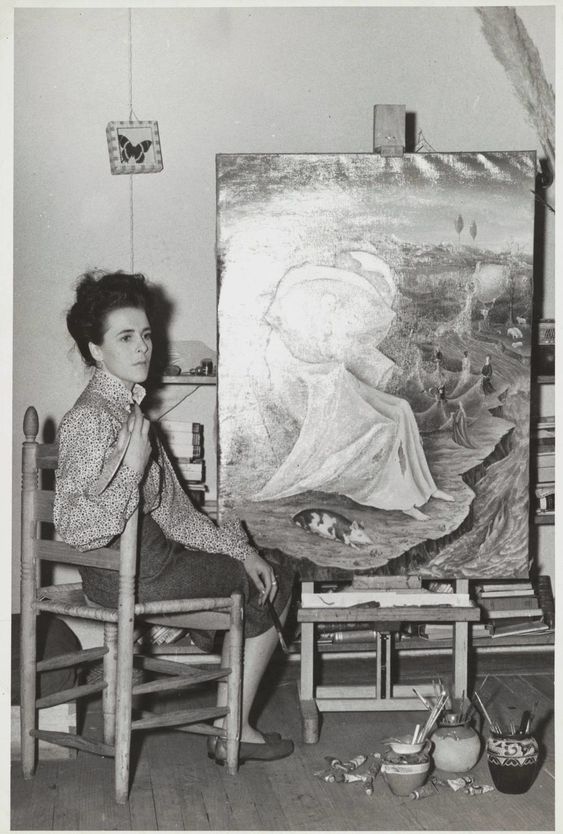

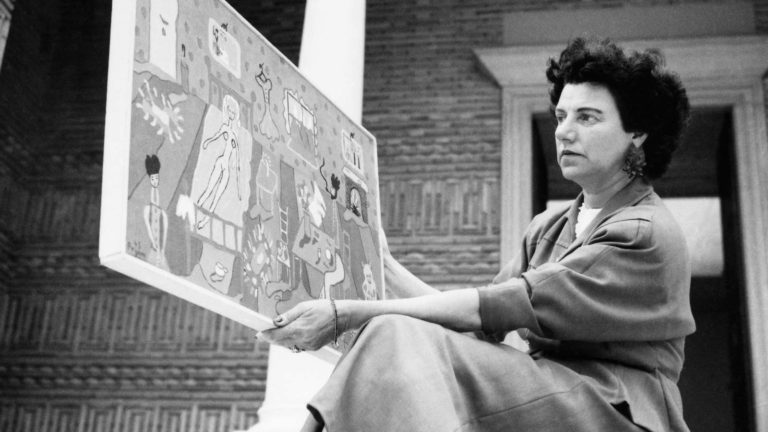
Comments 13